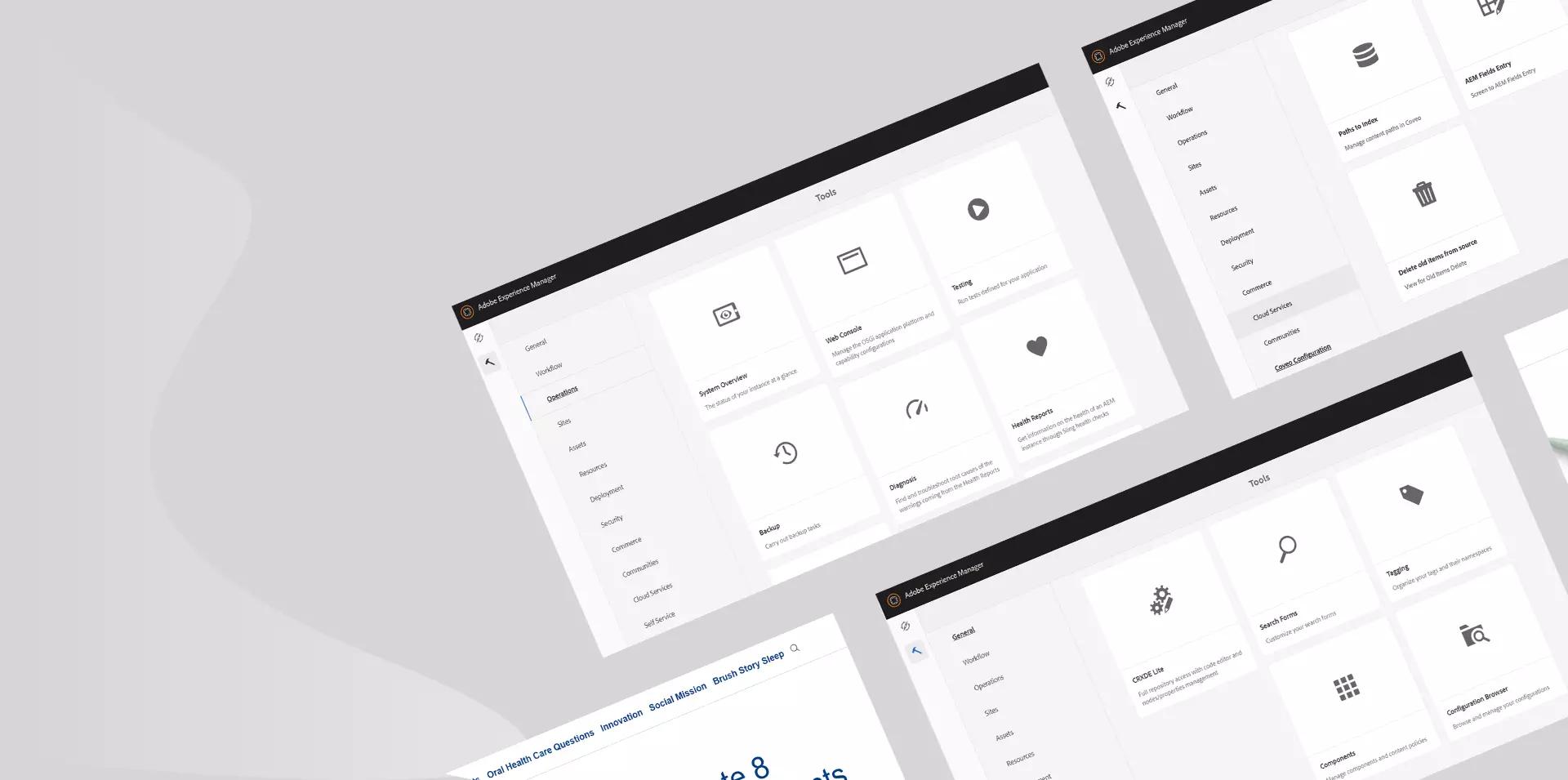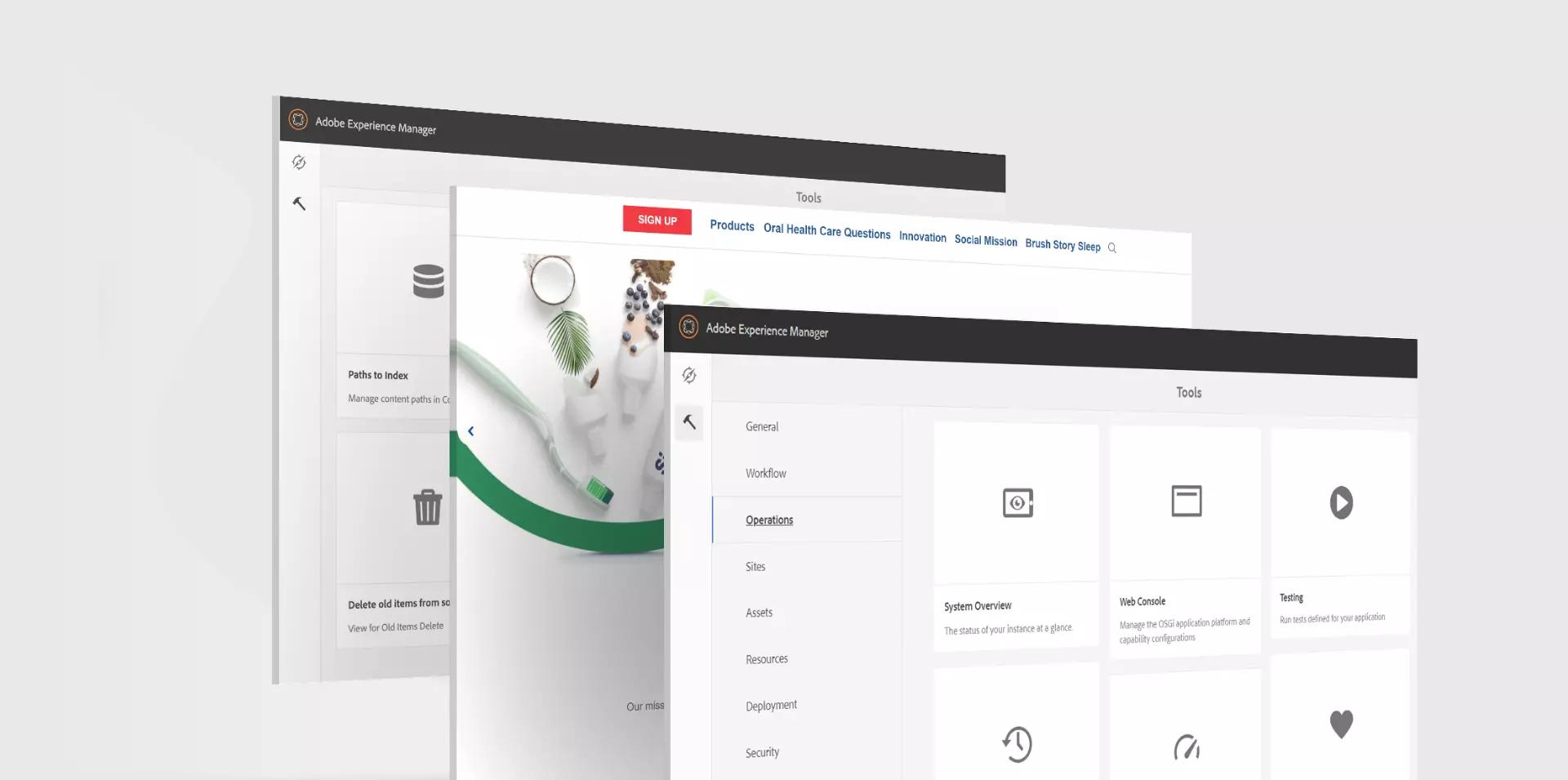Delivering digital experiences that build brand loyalty and drive demand
It is no surprise that customer experience nowadays is one of the most trending topics across all industries, especially the Martech industry. The number of companies implementing strategies to achieve a higher customer satisfaction rate is increasing every day. Investing to create a meaningful interaction with your end-user throughout a customer journey is likely to create a loyal customer base which in fact is the cover of every successful company.
Simply put, companies must try their best to make customers happy. Sounds easy, right?
The happier customers are, the more you benefit from the strategies that you implement. But, what caught my eyes through the years is that we have so many experience management solutions and platforms that we sometimes get lost in it all. The challenge begins the moment you are about to choose between options. So let’s make it easier for you by sharing our experience with one of the most advanced customer experience/ content management solutions out there.

Understanding Adobe Experience Manager
Anyone going through this blog can get familiar with the main things you need to know if you are about to start using Adobe Experience Manager (AEM) to launch a website, manage marketing campaigns, content and assets.
One of the first things to notice when starting to use AEM is that you will choose among AEM features based on one of the essential two roles you are assigned: Content Author or Front-end Developer. As a marketer, you will most probably be assigned to the content authoring role and be part of the AEM Authoring interface, responsible for populating web pages with brand content. While as a developer you will be assigned as a front-end developer who implements the components that are outlined in AEM wireframes.
From here on, you can start using a list of tools and resources that are essential for these two roles but firstly you should navigate to one of the AEM environments based on which environment you are interested in working for your brand:
Production: the environment where your brand site goes live and is accessible for everyone.
UAT: the environment where you can get a look and feel of the brand site before end-users can access it.
After choosing the environment you will be working on, on a successful log-in, you can navigate to the AEM start screen. From there you can create, edit and publish every page of your brand site.
Based on your intended objectives for the brand, you can choose among the options given within the platform and use those options as a powerhouse combo for the brand’s digital and marketing needs. For example, as a content author you can create pages include components in a page, populate those components with the content or implement capabilities using components. On the other hand, as a front-end developer, you can style components as per brand designs using SCSS, add interactivity by extending the JS for a component, develop on their local machine, test changes on Staging or UAT and do AEM authoring for FE code testing.
While using AEM you will come to understand that to be successful in developing and maintaining a website while building a positive brand experience requires a compromise between several key skills that we call a “specific skill set”. This skill set can be the same for every brand that you manage or can be personalized upfront based on the brand you are about to take on.

Unlock productivity with AEM
Content authoring
To best benefit from AEM and be able to create your own marketing system, one must get to know the capabilities of this platform. Being able to manage this system, you can easily administer the workflows that bring digital experiences to life, that help achieve the best customer experience.
Sites, Assets & Forms
Combining these three AEM capabilities, you can meet the rising expectations of end-users and improve productivity. While the Content management system (sites) offer the opportunity to create and manage digital experiences, the Digital asset management (assets) uses smart tools to source, adapt, and deliver your brand’s assets – which eases marketers’ job. Giving customers a seamless journey, a marketer must also incorporate digital enrolment and forms because this will give you the benefit of creating responsive forms, improving customer communication through powerful data, reuse content, and automate manual processes.
Front-end development
To be able to build a website or maintain one, there are board phases that developers should get familiar with. Brief information for each phase will give you an idea on how to plan the scope of activities you will have to go through if you want to reach higher productivity and build a website that brands will use to increase brand loyalty.
From our experience, the seven main phases include planning (assess the market, set up the site), UX and designing, content processing (AEM authoring), building processes, launching and testing the site, running and optimisation (update website, deploy additional capabilities), and localisation (adapting content for local sites).
Using AEM can be challenging in the beginning but knowing that this platform offers the opportunity to digitally transform your customer experience, it is worth the try. You’ve heard the phrase “Rome wasn’t built in a day?” Well, understanding one of the most powerful content management systems takes time but at least this was a pretty good start.